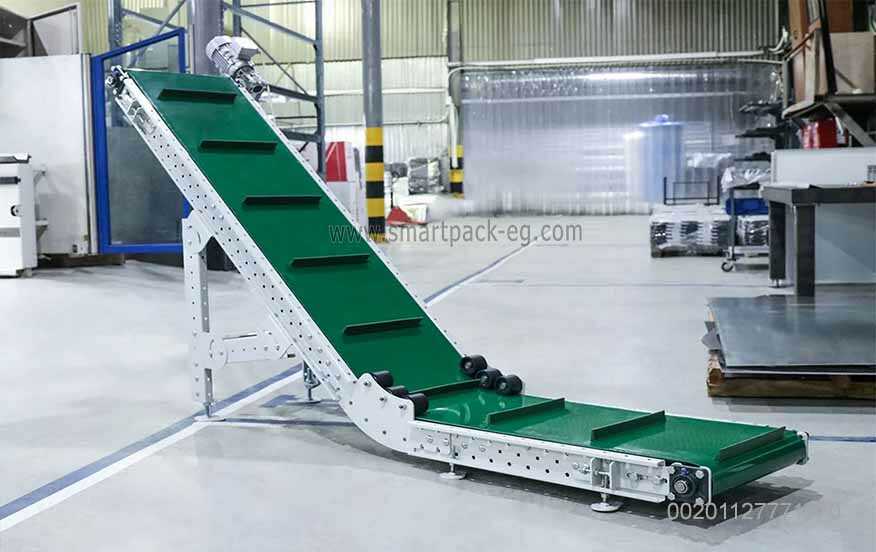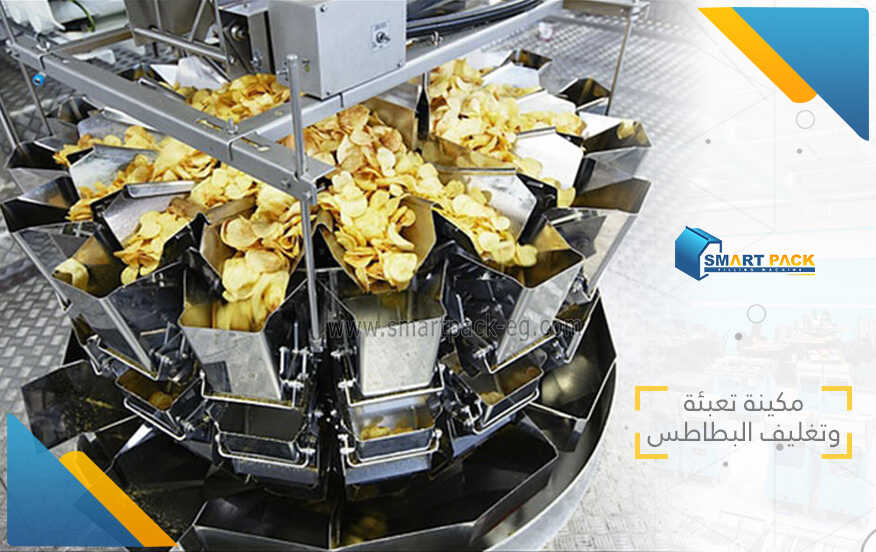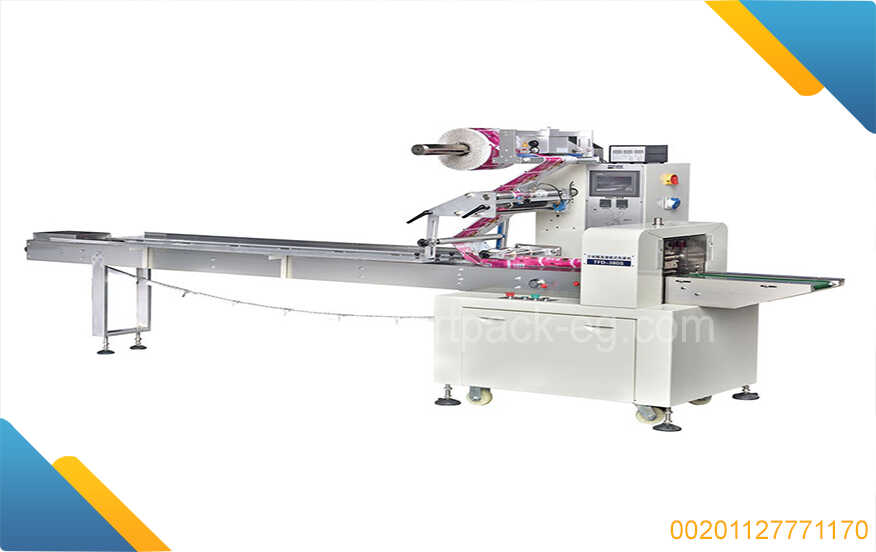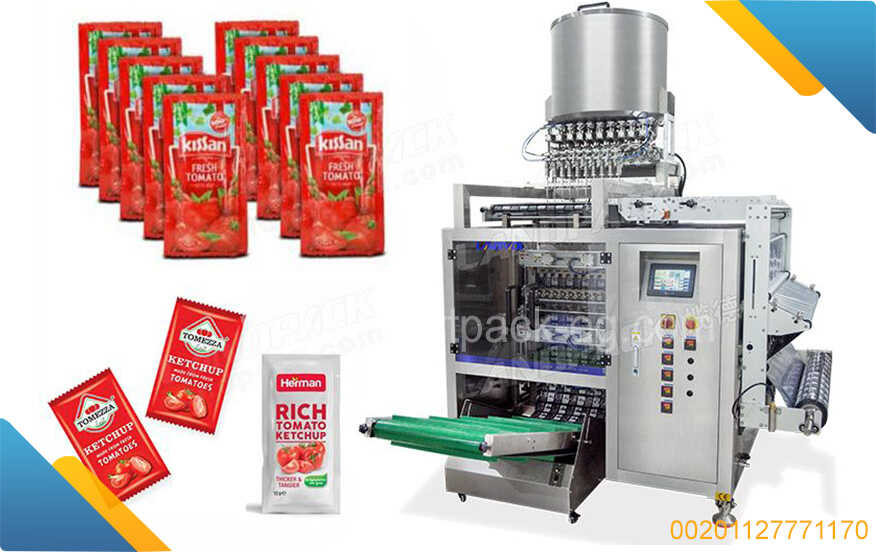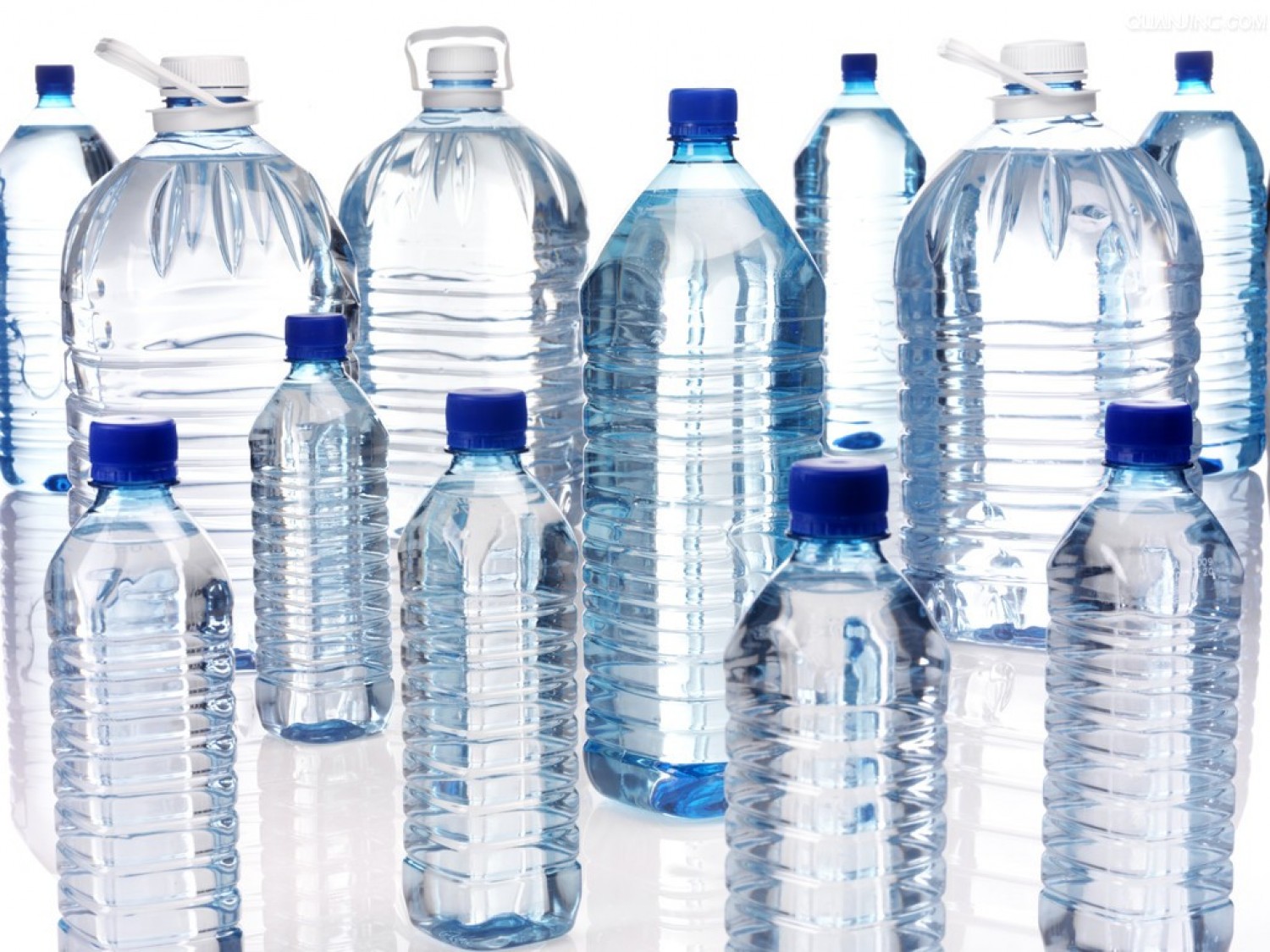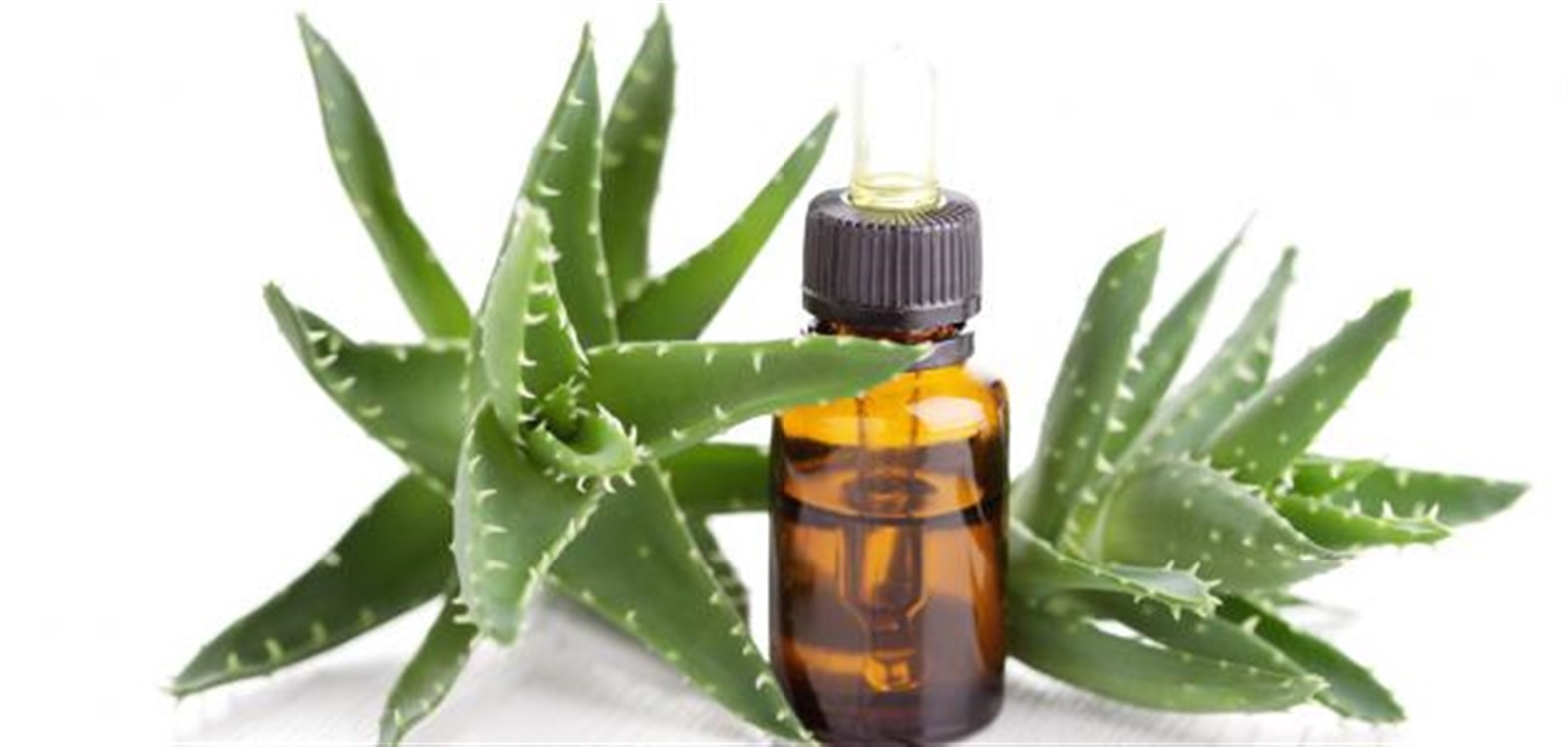Title: A Comprehensive Guide to Frying Oil Production and Filling Plant Machines and Processes
Introduction:
In this guide, we will take a closer look at the production process of frying oil and the machinery involved in the filling plant. Frying oil is a vital component used in various food industries. Understanding the production methods and the equipment required will help ensure a smooth and efficient manufacturing process.
-
Raw Material Selection:
Selecting high-quality raw materials is crucial in producing excellent frying oil. Commonly used raw materials include soybean, sunflower, canola, and palm oil. Quality parameters such as acidity level, peroxide value, and color should be considered during the selection process. -
Oil Extraction:
The first step in frying oil production is oil extraction. There are several methods available, including mechanical pressing, solvent extraction, and cold pressing. Each method has its advantages and disadvantages, so choose one that suits your requirements and budget. -
Refining Process:
Refining is essential to remove impurities and enhance the quality of the frying oil. The refining process typically involves degumming, neutralization, bleaching, and deodorization. Each step serves a specific purpose to ensure the oil meets the required standards. -
Filling Plant Machinery and Components:
To effectively fill frying oil into containers, you'll need a well-equipped filling plant. Here are some essential components and machines commonly used:a. Storage Tanks: Store the refined frying oil before it is filled into containers. These tanks should be made of food-grade materials and have proper ventilation and temperature control systems.
b. Filling Machine: This automated machine fills the frying oil into containers with precision and accuracy. It should be designed to handle various container sizes, ensuring a consistent and efficient filling process.
c. Capping Machine: After filling, containers need to be securely sealed. A capping machine ensures uniform and leak-free sealing. It should be compatible with the type of caps used, whether screw-on, snap-on, or press-on caps.
d. Labeling Machine: Applying labels to containers is essential for product information and branding. A labeling machine should be efficient, capable of handling different label sizes, and accommodate relevant labeling regulations.
e. Packaging Machine: If you plan to package your frying oil in cartons or cases, a packaging machine will aid in automating this process, ensuring consistent and reliable packaging.
-
Operational Considerations:
When setting up a frying oil production and filling plant, several operational considerations should be kept in mind:a. Safety Measures: Ensure necessary safety measures, such as fire safety equipment, proper ventilation, and personal protective equipment, are in place.
b. Quality Control: Implement a robust quality control system to monitor the frying oil's quality throughout the production process. Regular testing of samples should be conducted to maintain consistent product standards.
c. Maintenance and Servicing: Regular maintenance and servicing of machinery is crucial to ensure optimal performance and longevity. Create a preventive maintenance schedule and promptly address any breakdowns or repairs.
d. Regulatory Compliance: Familiarize yourself with local and international regulations governing frying oil production and ensure compliance with labeling, packaging, and storage guidelines.
Conclusion:
Setting up a frying oil production and filling plant requires careful planning, proper machinery, and adherence to quality standards. By following the methods and utilizing the necessary equipment outlined in this guide, you'll be well on your way to producing high-quality frying oil efficiently and effectively.

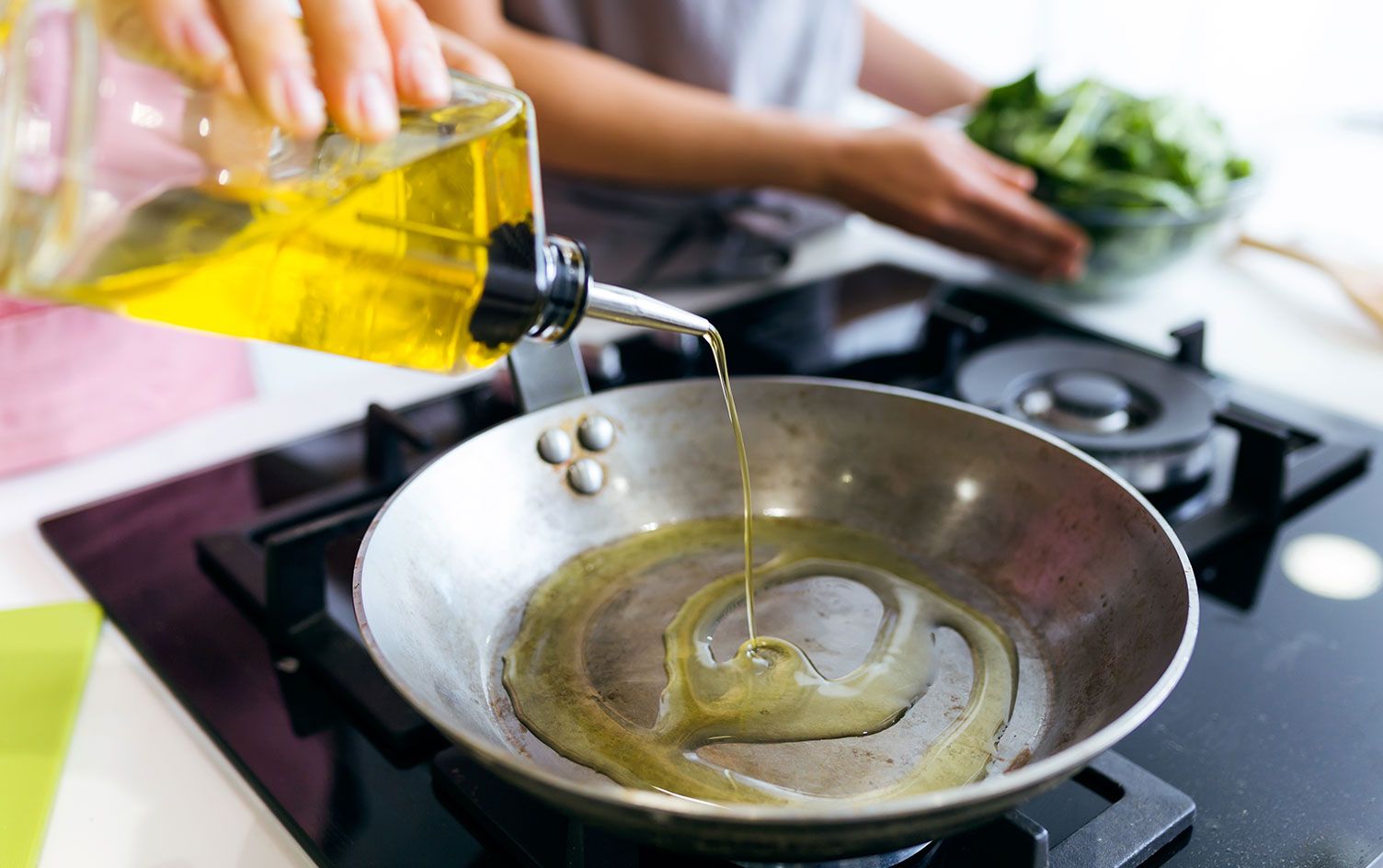
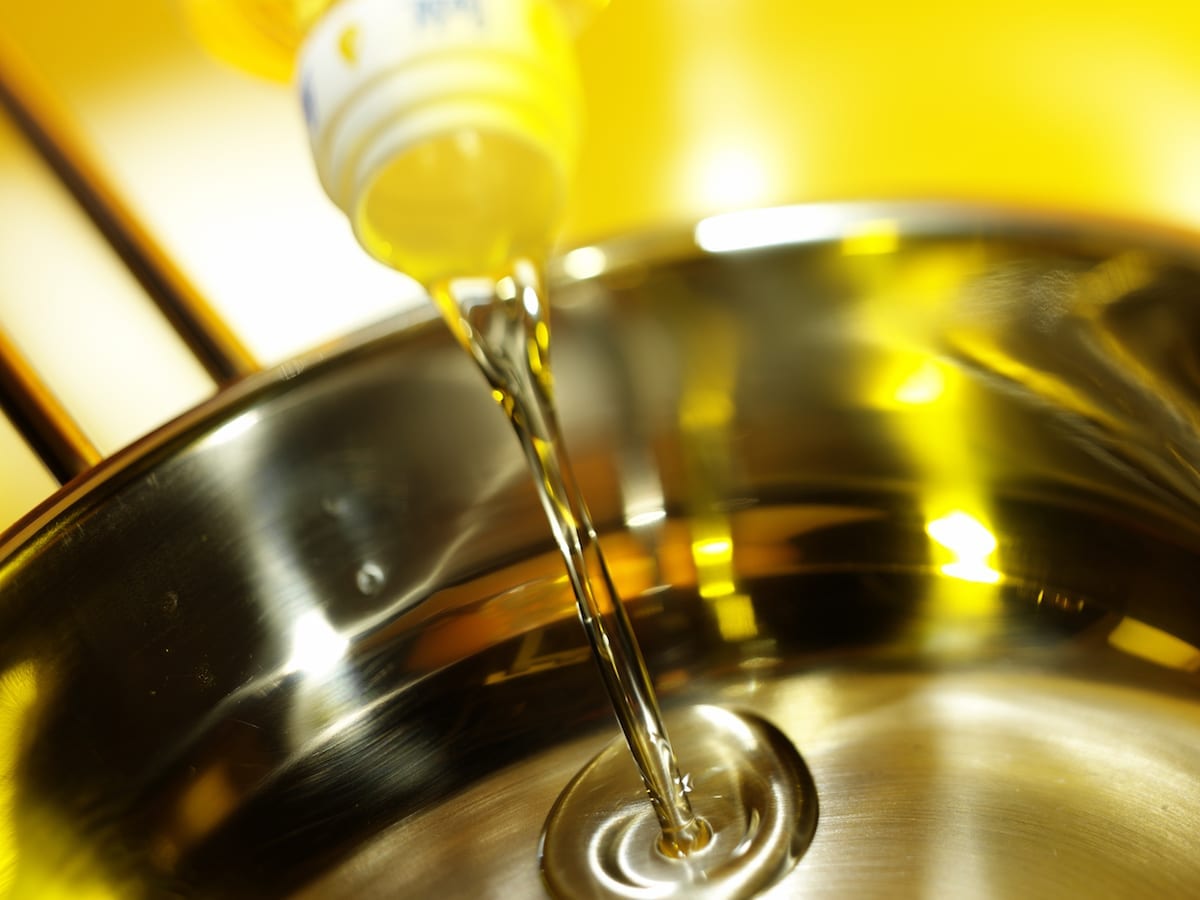
 Admin
Admin 